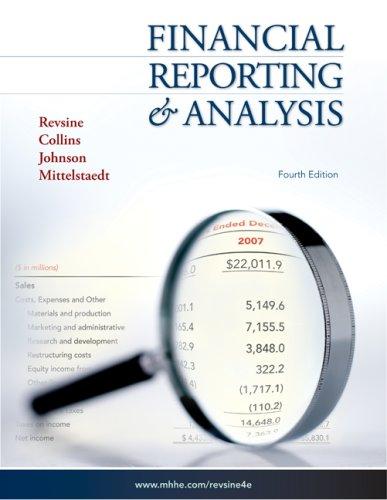It's July 1, 2009, and the market price of Warm Ways common stock (Problem P15-1) is ($175)
Question:
It's July 1, 2009, and the market price of Warm Ways’ common stock (Problem P15-1) is \($175\) per share. There are 1.1 million common shares outstanding, and the Retained earnings account shows a balance of \($45,000,000\). Management wants to declare and pay a 20% common stock dividend, but this would mean halting the company’s cash dividend payments because a 20% stock dividend would cause retained earnings to fall by \($38,500,000\) (that is, 20% X 1.1 million shares X \($175\) per share). This would leave a balance of only \($6,500,000\), far below the \($25,000,000\) minimum required for cash dividends as specified in the company’s loan agreement.
It would take several years to build up retained earnings so that Warm Ways could again pay cash dividends.
The chief financial officer of the company has proposed two ways it could distribute common shares and still manage to pay cash dividends:
• Option A: Split the stock 12 for 10.
• Option B: Increase the size of the stock dividend from 20% to 30%, and record the share distribution as a stock split.
Required:
1. How will these two approaches affect the company’s retained earnings?
2. As a common stockholder, would you prefer a 20% stock dividend, a 12-for-10 stock split, or a 30% stock dividend? Why?
Step by Step Answer:






